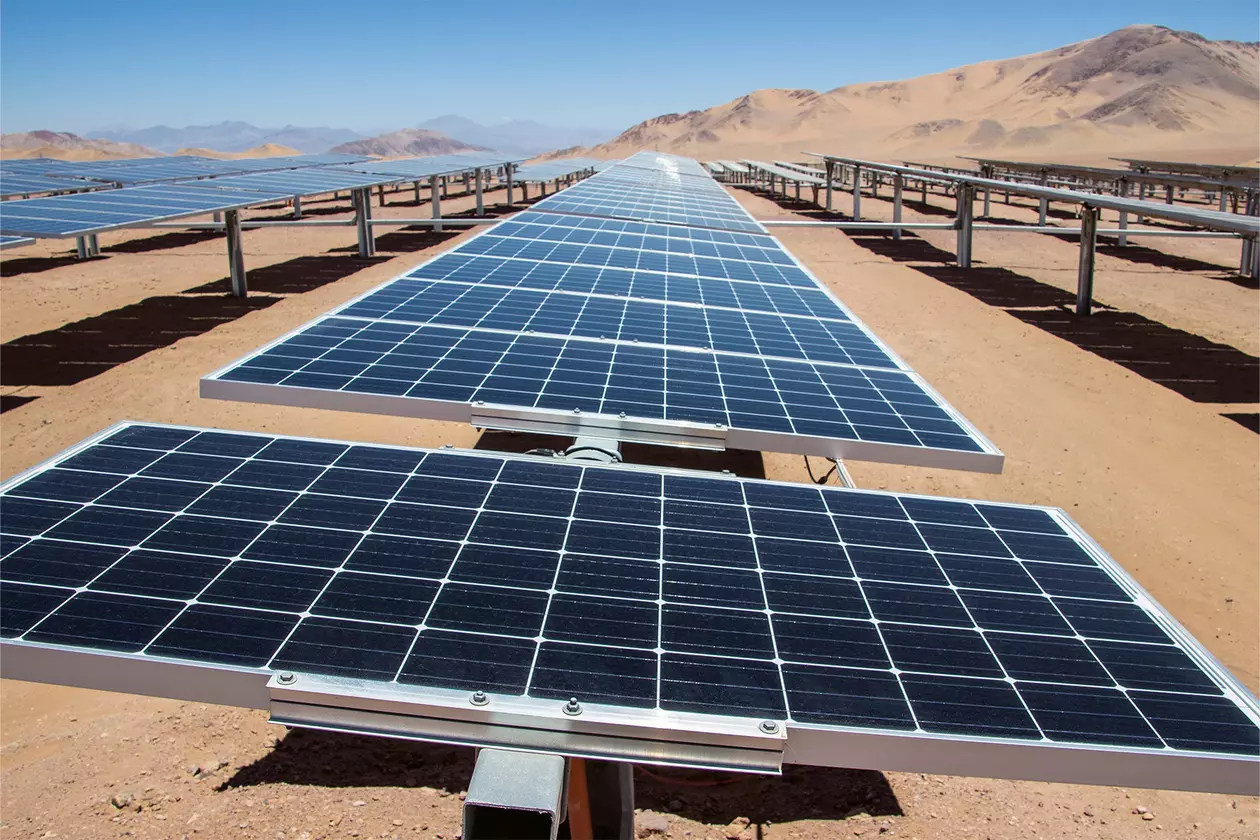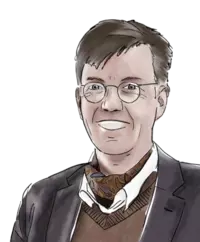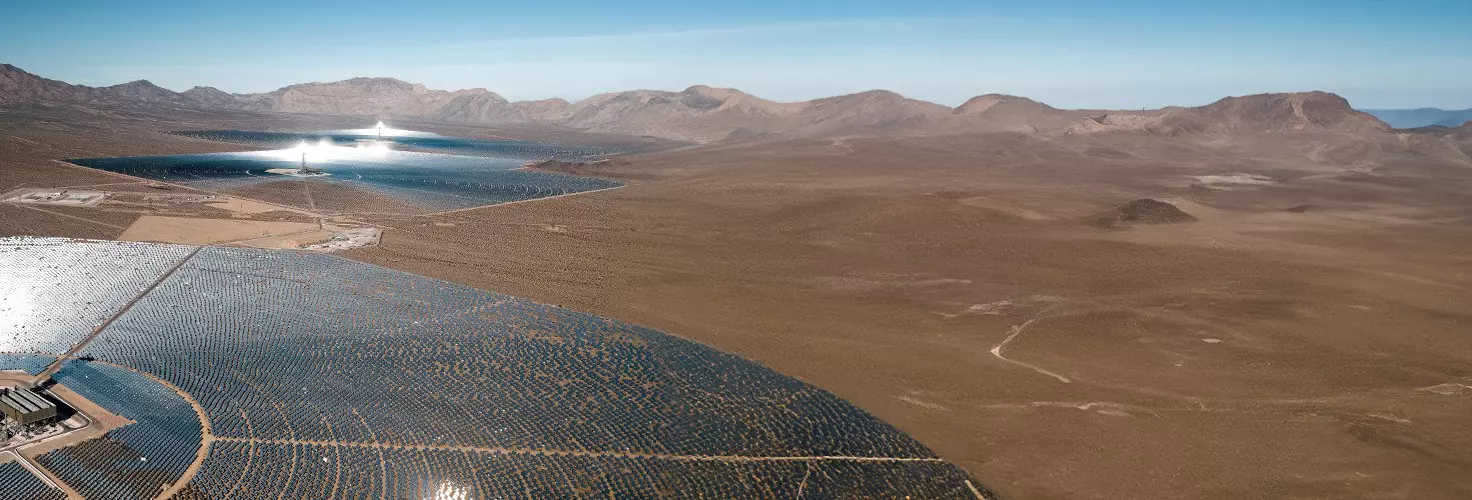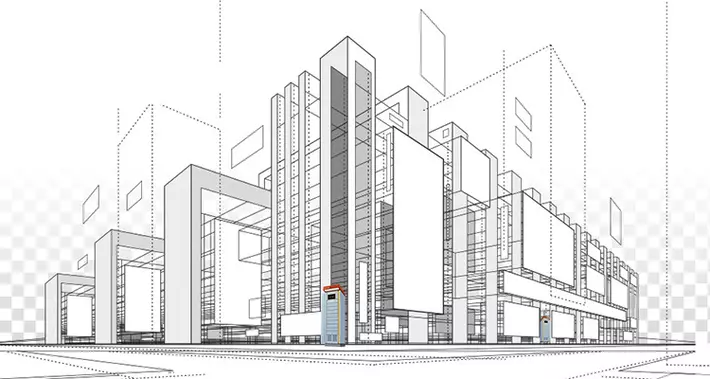Energy demands and consumption have both been burgeoning to extreme dimensions for decades – and the upcoming decades are likely to see the global hunger for energy to rise even further. The rapid growth in developingcountries alone is causing a considerable surgein energy demand
Energy consumption
The global consumption of primary energy has been steadily trending upwards since 1980. At that time, the figure stood at around 280 exajoules – and has meanwhile reached 620 exajoules in 2023. The principal countries in terms of their share of global primary energy consumption come as no surprise: In 2023, China topped the list of particularly hungry countries accounting for almost 28 per cent, followed by the USA with around 15 per cent and India with around 6 per cent.
Global energy demand is strongly driven by factors such as population growth, economic development and the transition to renewable energies.
Forecasts
Some forecasts, such as the World Energy Transitions Outlook 2023 of the International Renewable Energy Agency, do provide a genuine ray of hope despite the absolute increase:

This is due to the fact that the studies expect the share of renewable energies in global electricity generation to increase significantly. By 2030, these forms of energy could cover between 45 and 50 per cent of global electricity demands, while this figure could rise to up to 85 per cent by 2050.
All Electric Society
These figures underscore the concept of the All Electric Society (AES). The AES aims to create a sustainable and climate-neutral future in which all energy requirements are covered by renewable energy. This vision strives for a society that dispenses with fossil fuels and instead uses renewable energies and electrification as the central pillars of its energy supply.
Andreas Huhmann, Strategy Consultant at HARTING, emphasises how relevant the implementation of the AES is:
We are becoming increasingly aware of the man-made destabilisation of networked ecosystems. The AES could at least reduce this destabilisation to a level that does not lead to a collapse in the short term.

Andreas Huhmann
Strategy Consultant at HARTING
Renewable energies
In order to meet the colossal energy demands, the AES harnesses solar energy, which can be generated from renewable sources such as photovoltaics (PV), wind and biomass. Around 0.3 to 1 per cent of the land mass would suffice to cover energy requirements by way of PV at today's efficiency levels. This currently assumes average efficiencies of solar systems of between 15 and 20 per cent, as well as the efficient use and storage of the energy generated.

For Stephan Middelkamp, General Manager Quality & Technology, energy generation itself is therefore not the core challenge:
If you look at the price development in recent years for the production costs of renewable energy, you can see that the cost-efficient provision is not a decisive problem either.

Stephan Middelkamp
General Manager Quality & Technology at HARTING
Needs-based distribution
By contrast, however, the core of the AES – the demand-orientated distribution of energy – is indeed challenging. In order to be able to map this, the AES divides society into the sectors of industry, mobility, infrastructure and agriculture, which all have different energy requirements. In addition, there is the energy-generating sector.

Sector coupling
Sector coupling is the keyword in interlinking these areas, which must be implemented both in terms of energy and data. On the one hand, this will allow energy to flow from one sector to another. On the other hand, the data-side coupling enables communication over the beyond the respective sector, providing the information as to the energy that is required there. The energy coupling takes place via alternating and direct current grids (AC and DC), as well as by way of intermediate storage.
Data coupling in turn requires different sectors to agree on standardised data models and protocols. The digital twin offers solutions here. The Industrial Digital Twin Association (IDTA) uses so called submodel templates for this purpose. These are standardised templates that are deployed in the modelling of so-called asset administration shells. These templates ensure standardised representation and interoperability of digital twins in industrial applications.
According to the HARTING experts Huhmann and Middelkamp, electrification will also have a major impact on the individual sectors over and beyond the coupling of the sectors.
The requirement that the sector or the consumers within the sector must exchange energy and data and be controllable results in the electrification of the consumers themselves.

Stephan Middelkamp
General Manager Quality & Technology at HARTING
The advantages ensuing: in most cases, electrical appliances will be easier to control and more energy-efficient.
The consistent implementation of the All Electric Society is not without its obstacles. However, the associated technical adaptations and their impact on society will, above all, yield one result: genuinely sustainable ways of life.
Or as Andreas Huhmann puts things succinctly:
The AES is the last resort that makes the continued existence of human civilisation at least conceivable.

Andreas Huhmann
Strategy Consultant at HARTING

Lars Kühme
Position: Corporate Communication Manager
- Department: Corporate Communication & Branding
- Company: HARTING Stiftung & Co. KG



